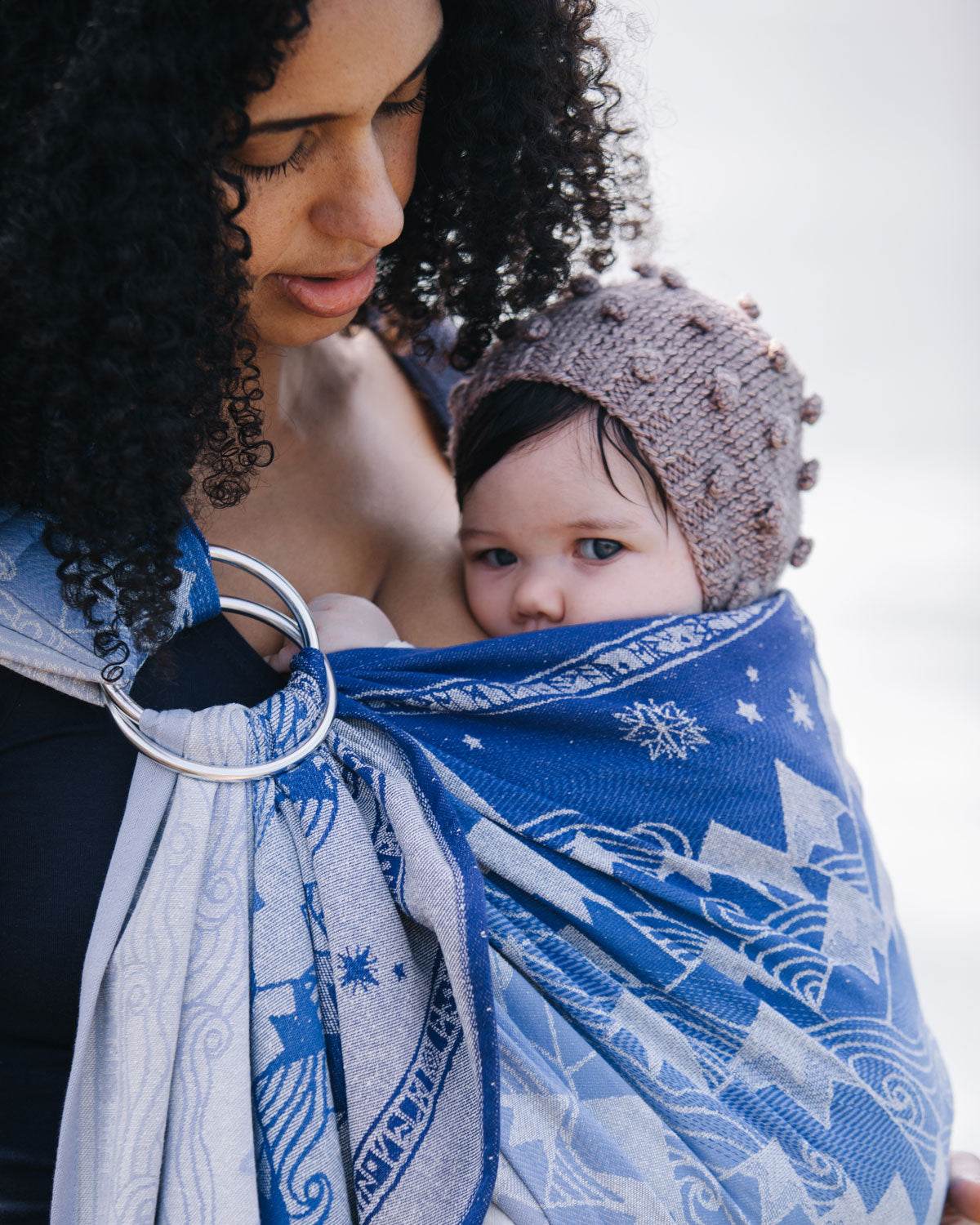
Can Baby Carriers Cause Mastitis?
In this blog, we’ll look at the causes of mastitis and offer tips to ensure that your babywearing experience is comfortable and safe while maintaining your breastfeeding journey.
Using a sling is a wonderful experience and useful tool for new parents, which offers many benefits for newborns. Not only does it promote bonding, but it also helps to establish and support breastfeeding by keeping your baby close, fostering a secure environment that encourages frequent nursing and skin-to-skin contact. But mums often wonder if babywearing can contribute to the development of mastitis, a common concern for breastfeeding mothers.
What is Mastitis?
Mastitis is an inflammation of the breast tissue that is most commonly seen in women who are breastfeeding. It can cause pain, swelling, warmth, and redness in the breast and may be accompanied by fever and flu-like symptoms.
If left untreated, it can lead to more serious complications, so prompt treatment, including antibiotics, rest, and continued breastfeeding, is important.
What Causes Mastitis?
Mastitis occurs when bacteria enter the breast tissue or when milk ducts become blocked. A number of factors can contribute to this including -
- Nipple damage, this can increase the risk of bacteria entering the milk ducts
- A build-up of milk which can lead to clogged ducts
- An injury to the breast which causes inflammation and bruising
- Suddenly stopping breastfeeding
- Increased, constant pressure to the breast, for example a seatbelt or sleeping on your stomach
Can My Baby Carrier Cause Mastitis?
It’s possible that your sling could cause mastitis if it places uncomfortable, consistent pressure on an area of your breasts. An ill-fitting bra, other item of clothing, bag strap or seatbelt could also result in the same issue, because any undue pressure on the breast can lead to clogged ducts, which may cause mastitis.
The wonderful thing about slings is that there are many different types and most can be adjusted or worn in different ways which will help avoid this scenario.

What is the Best Sling or Baby Carrier for Breastfeeding?
The right baby sling can play a key role in helping establish breastfeeding and avoiding mastitis. Using a sling can also allow you to have frequent skin to skin contact, increase oxytocin levels (which helps milk production), to read baby’s feeding cues quickly and feed on demand.
A good, well-fitted sling can make breastfeeding easier by offering support, reducing strain, and promoting a healthy latch, all of which can lower the risk of blocked milk ducts and improve milk flow.

Always remember your safety checks when breastfeeding in a baby sling or carrier
- Using a sling or carrier for breastfeeding is not hands free - you must always use one hand to support baby’s head.
- Never use the sling fabric to support your baby’s head; they must be able to latch off and on freely.
- Constantly monitor your baby when breastfeeding.
- Ensure baby always has good airflow, their back is supported so they are not slumped, and their chin is not pressed against their chest.
- Be aware of trip hazards when loosening a woven wrap.
- When you finish nursing, immediately return your baby to the normal upright carrying position and re-tighten the sling to be hands-free again.
What Type of Baby Carrier Should I Choose for breastfeeding in?
Woven wraps and stretchy wraps are lovely and soft and can be spread so there is no bunching on a particular area. You can use them in many different ways and position the fabric to avoid putting pressure on the breasts. They can also be used for breastfeeding and, if done safely, it’s possible to feed your baby in an upright position and a cradle position.
Wraps spread so are less likely to cause problem areas. Take time to spread the fabric and ensure there's no bunching.
You can tie a woven wrap in many different ways so if you have any soreness, experiment with other carries which may avoid putting any pressure on this area.

Hip carries are perfect if you're only experiencing pain on one side. Switch the sling to the other side or adjust your baby’s position regularly. Varying breastfeeding positions can also ensure that all milk ducts are adequately drained.
Ring slings are also great for breastfeeding and allow for easy hip carrying. These slings are soft, with spreadable fabric, they are quick to adjust. The rings let you tighten or loosen the sling to find the right fit, which is useful when breastfeeding and adjusting the baby's position as needed. Ring sling shop
How to Prevent Mastitis from a Buckle Baby Carrier
When choosing a soft structured carrier it is important to pick one that fits you well. Different carriers suit different body shapes, and this is especially true if the carrier is bulky with lots of padding and a large waistband. There is more chance of an ill-fitting carrier putting pressure on areas of your chest and causing issues.
- Ensure the Carrier Fits Well - a carrier that’s too tight can press into the breast tissue, leading to blocked milk ducts. Most soft-structured carriers come in adjustable sizes, so take the time to find the right fit that provides both support and space for your chest.
- Adjust the Straps Correctly - Straps that are too tight can cause extra pressure on the chest area. Make sure they’re snug enough to secure your baby but not pressing into the breast area.
- Place Baby High and Close Enough - Aim to position the baby high enough so that their head is close to your chest without causing any pressure directly over your breast tissue.
- If your baby is old enough, and your confident, you could try a back carry.
If you’re experiencing discomfort then switching to a carrier with light, moudable padding could be a resolution. Shop buckle carriers
Half buckle carriers are a great option as they offer the ease of the buckle waistband but the tie straps can mould round you and be spread to prevent any issues. Shop Half buckle carriers
How to Prevent Mastitis
Mastitis can be avoided by -
- Ensuring your baby has a good latch
- Feeding frequently
- Managing nipple pain and injuries
- Washing your hands and breastfeeding equipment before feeding or expressing
- Avoid wearing ill-fitting bras or tight clothing
- When stopping feeding try to reduce feeds gradually
- Be aware of other factors which may result in repeated pressure to the same area of your breast
It's important to remember that when you are breast/chest feeding your breasts are working all the time, not just when you're feeding the baby.
If your carrier puts undue pressure on your breast it can translate into a blocked duct or worse, mastitis.
Your breast tissue will try to make milk even if you chose not to breast/chest feed, so making sure you are gentle with them and following carrying educators advice will reduce the likelihood of something going wrong.
Gemma Hamilton, Sling Consultant and BfN Peer Supporter
While babywearing can potentially contribute to mastitis by placing pressure on the breast, it’s important to note that anything that puts pressure on the breast, like tight bras or awkward sleeping positions, can also be a factor.
The good news is that with a few simple adjustments, babywearing doesn’t have to be a cause for concern. By properly adjusting your sling or trying different carrying positions, you can avoid unnecessary pressure and continue enjoying the benefits of babywearing without compromising your breastfeeding journey.

Stay mindful of your body’s signals, and with a little care, you can ensure a comfortable and rewarding experience for both you and your baby!
Read our full guide on how to breastfeed with a baby carrier
Learn more about the benefits of using a baby sling for breastfeeding support
Helpful resources for breastfeeding support -
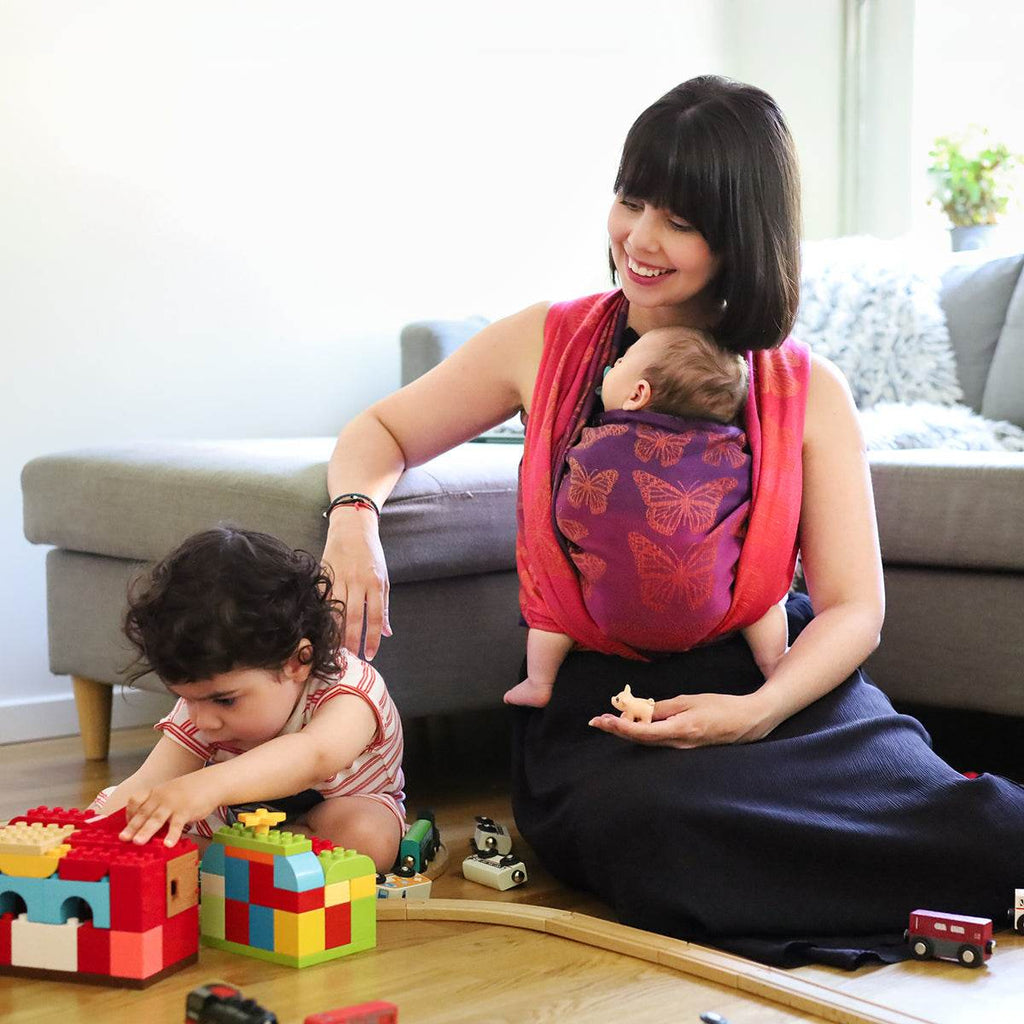
Best Baby Carrier For Newborns 2025
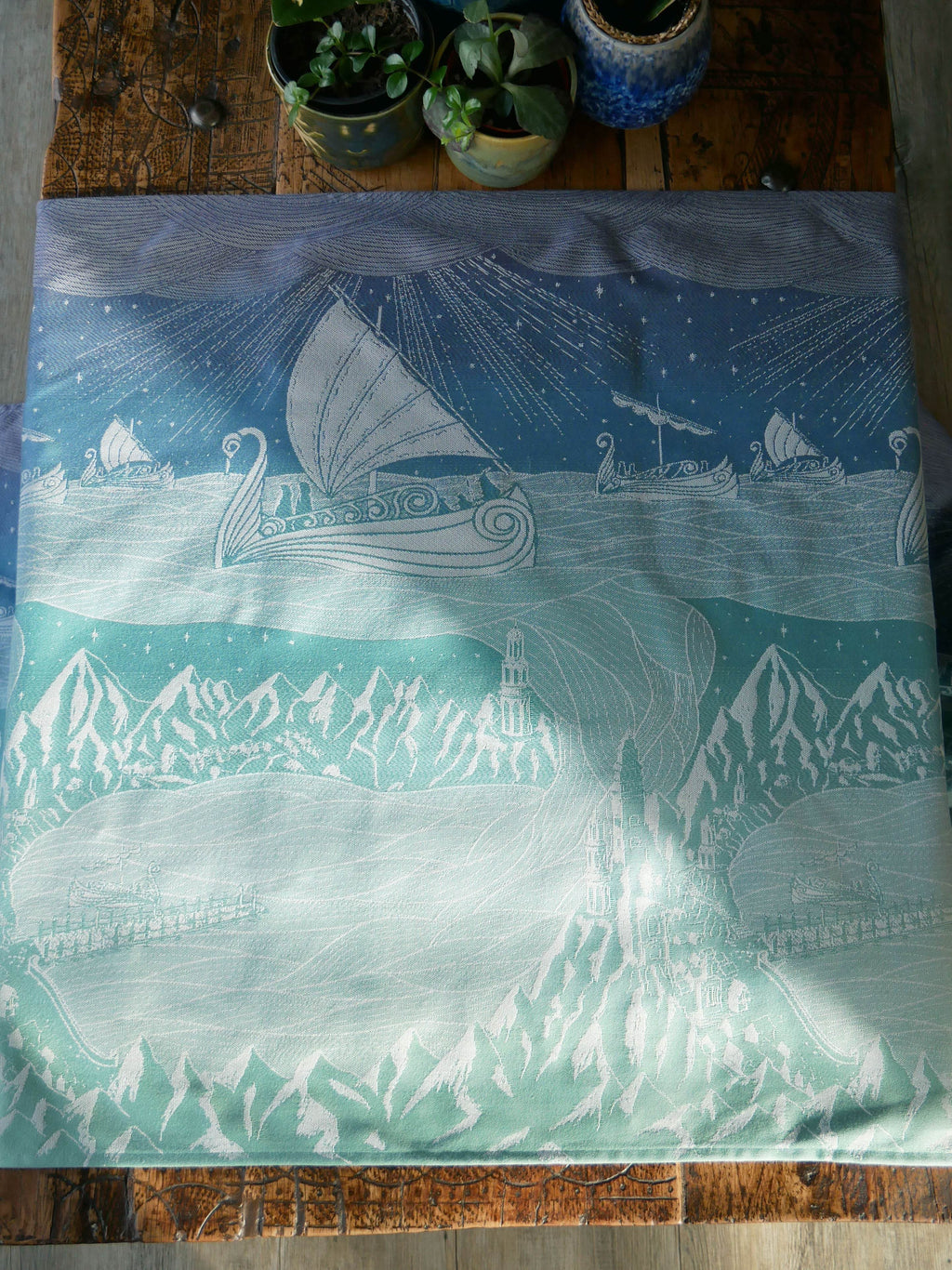
Grey Havens: Oscha Lord of the Rings Design Development
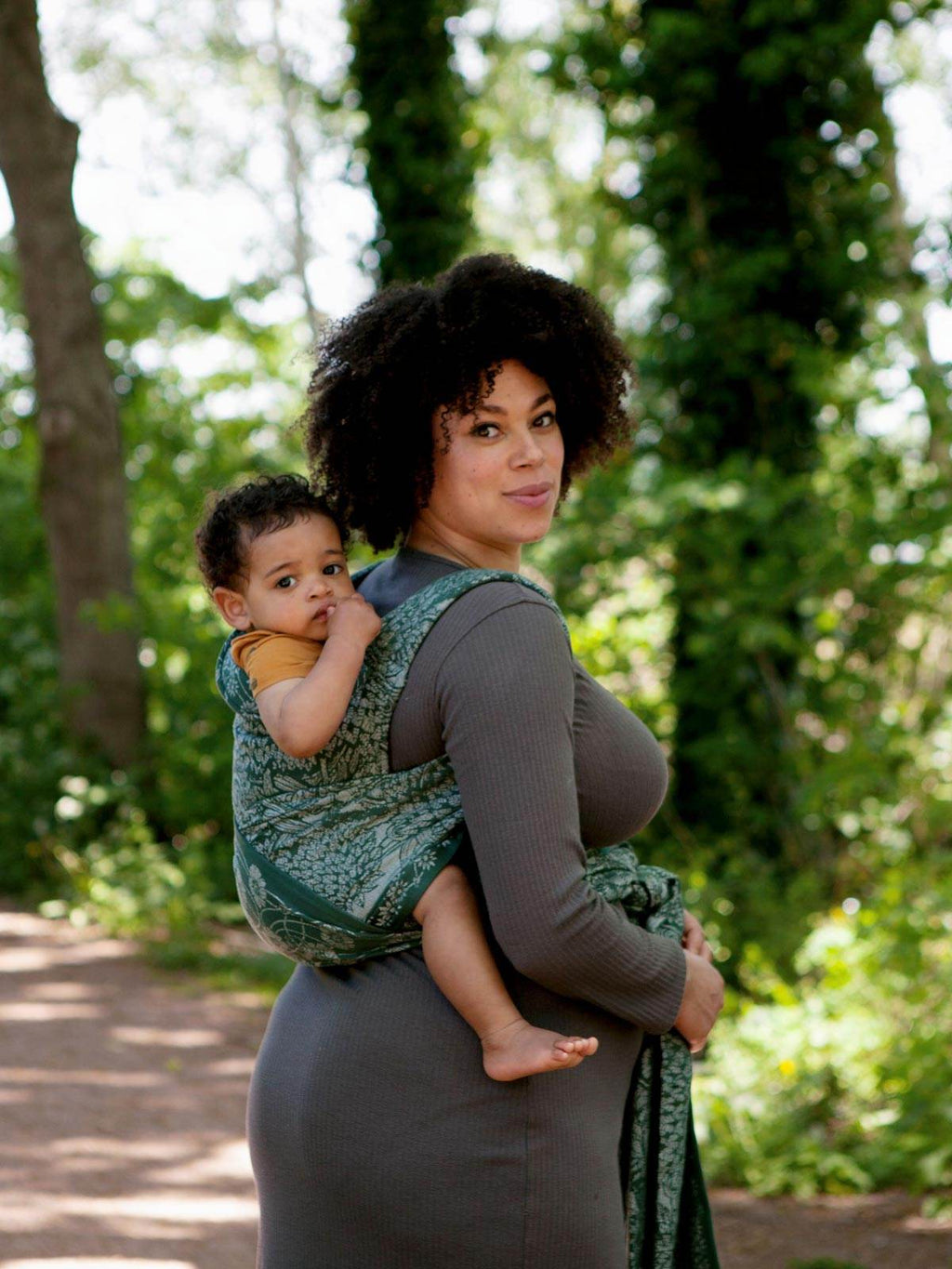
Can Baby Carriers Cause Back Pain?
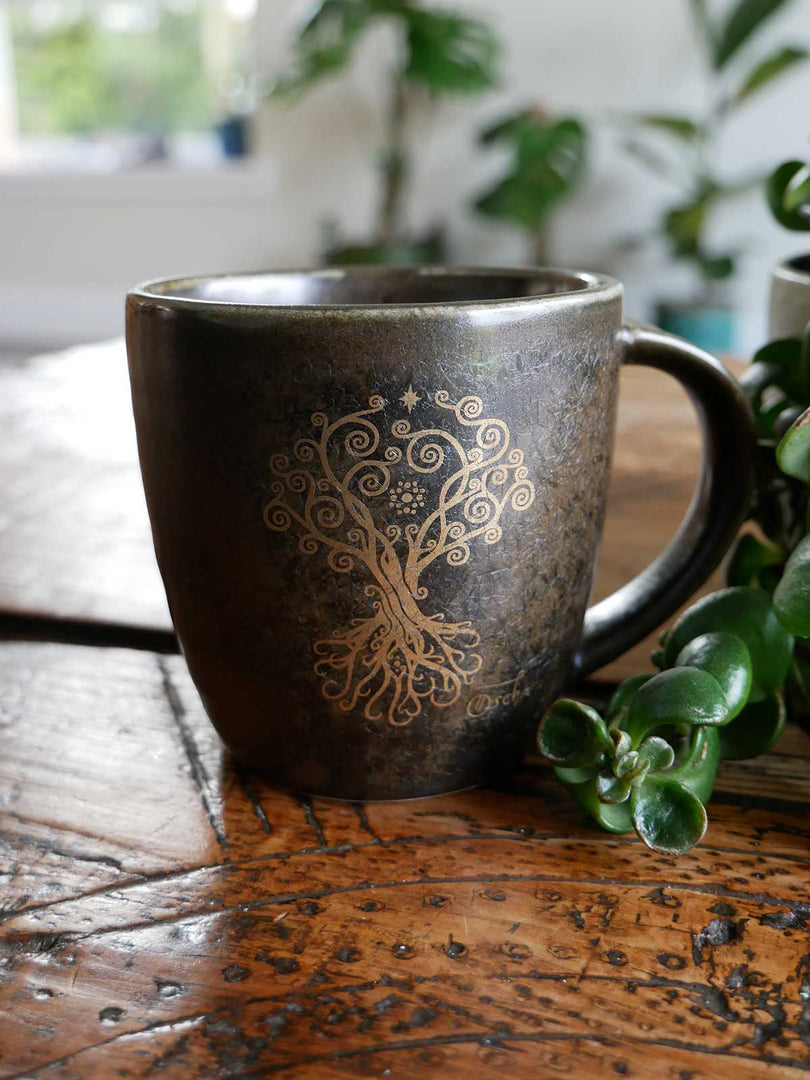

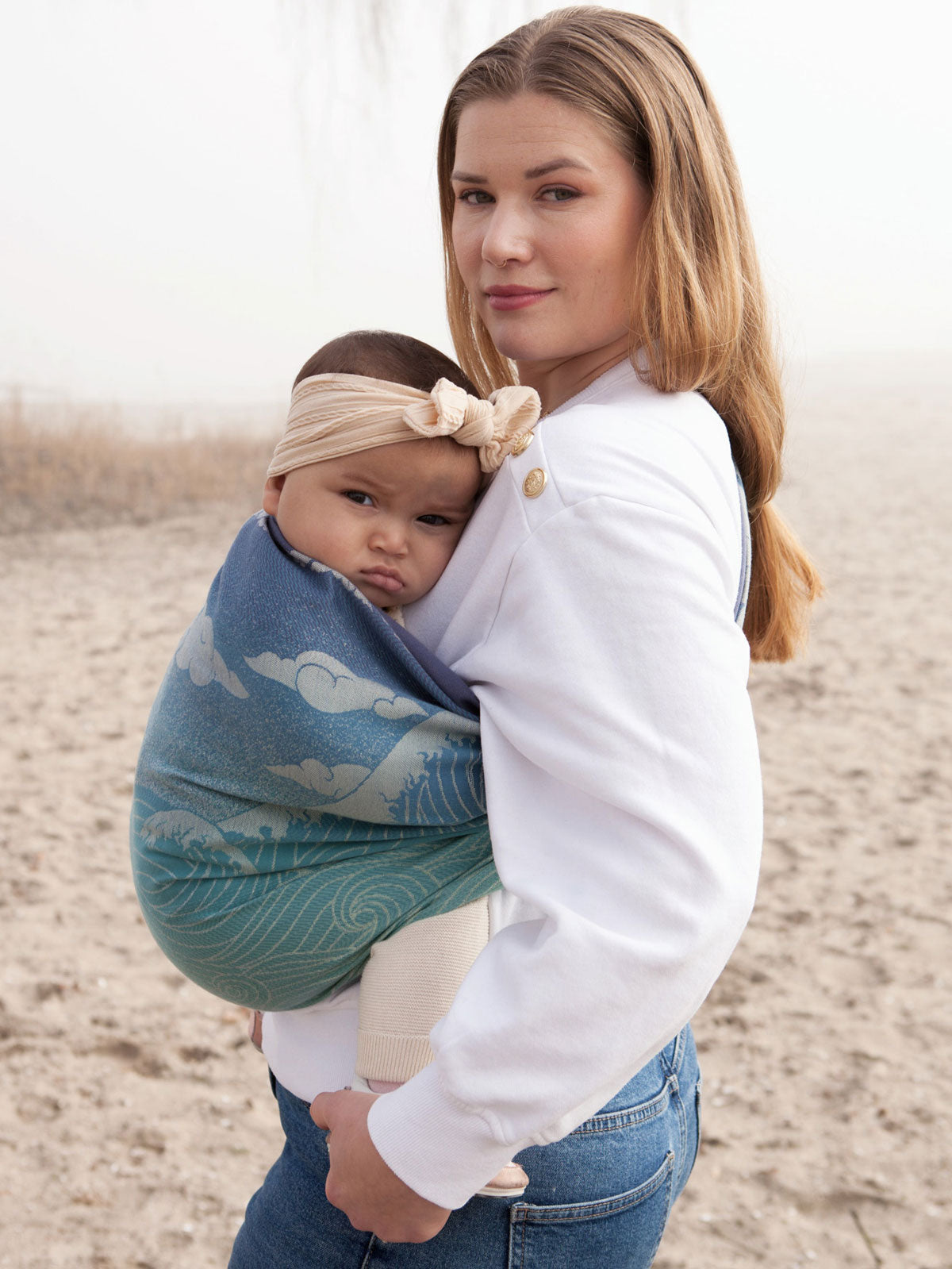
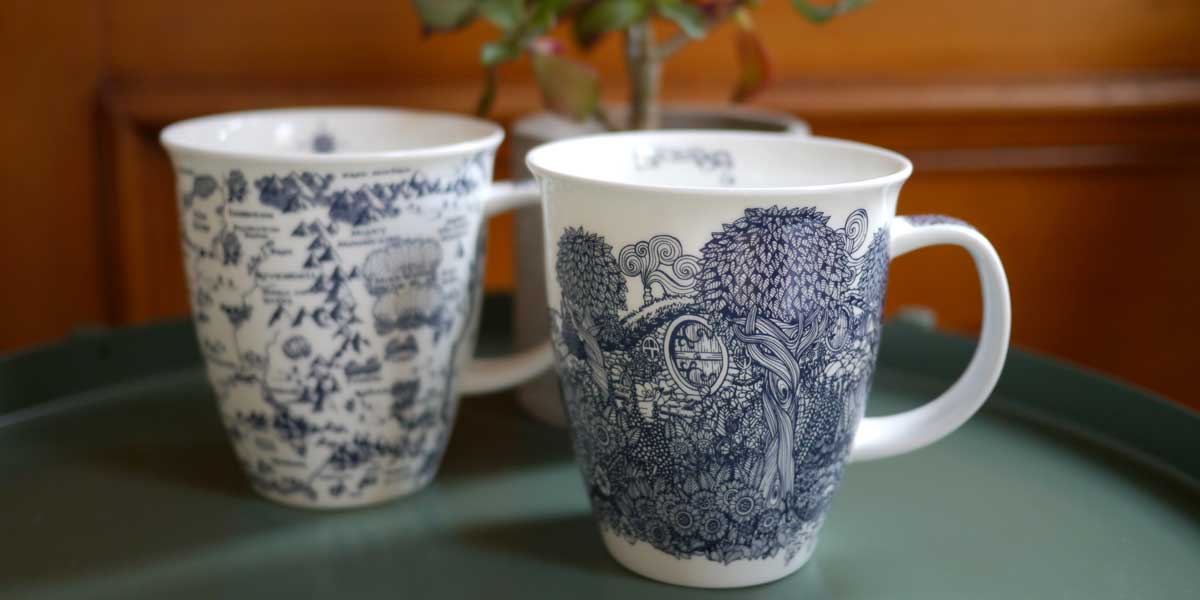
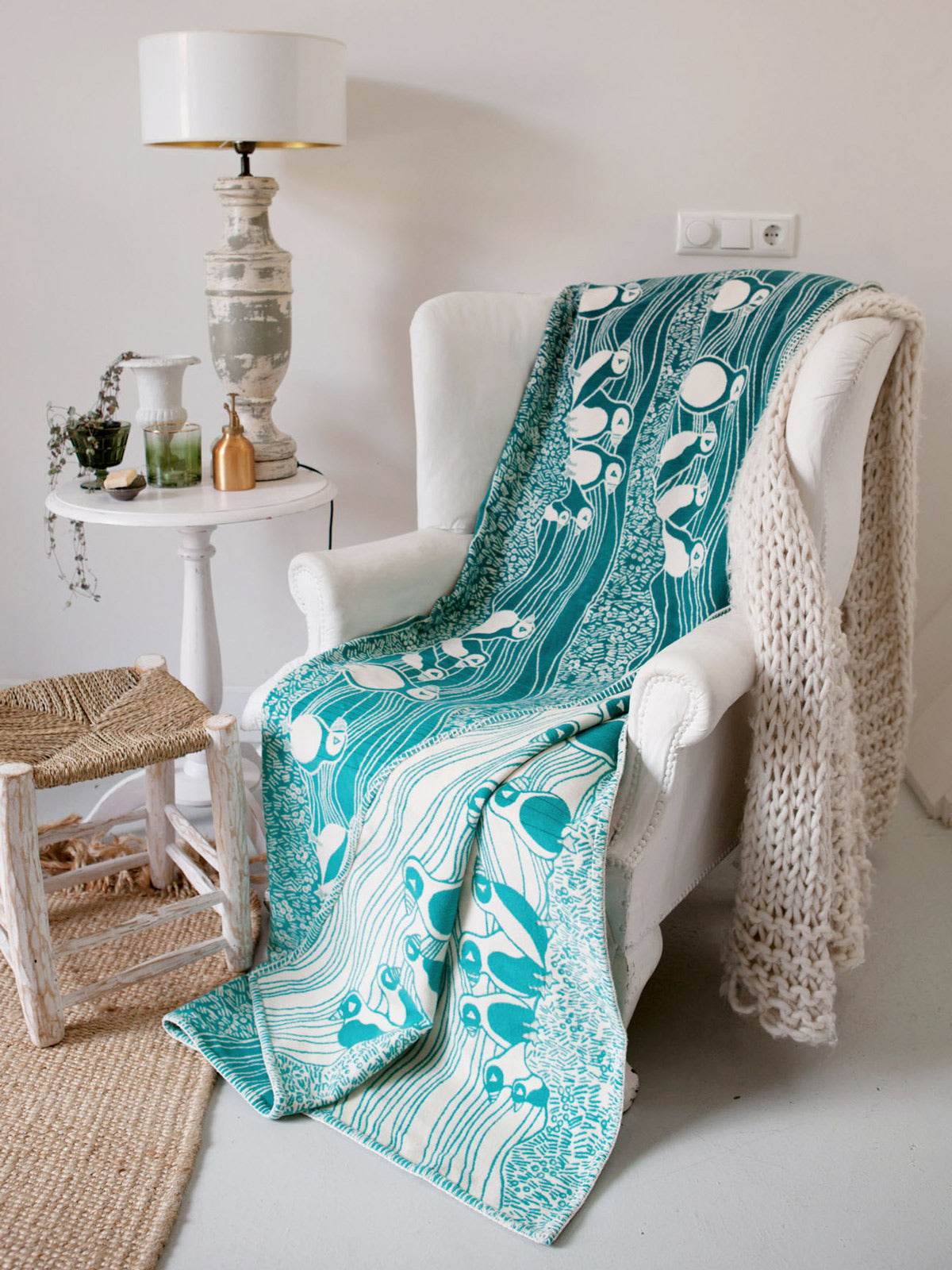
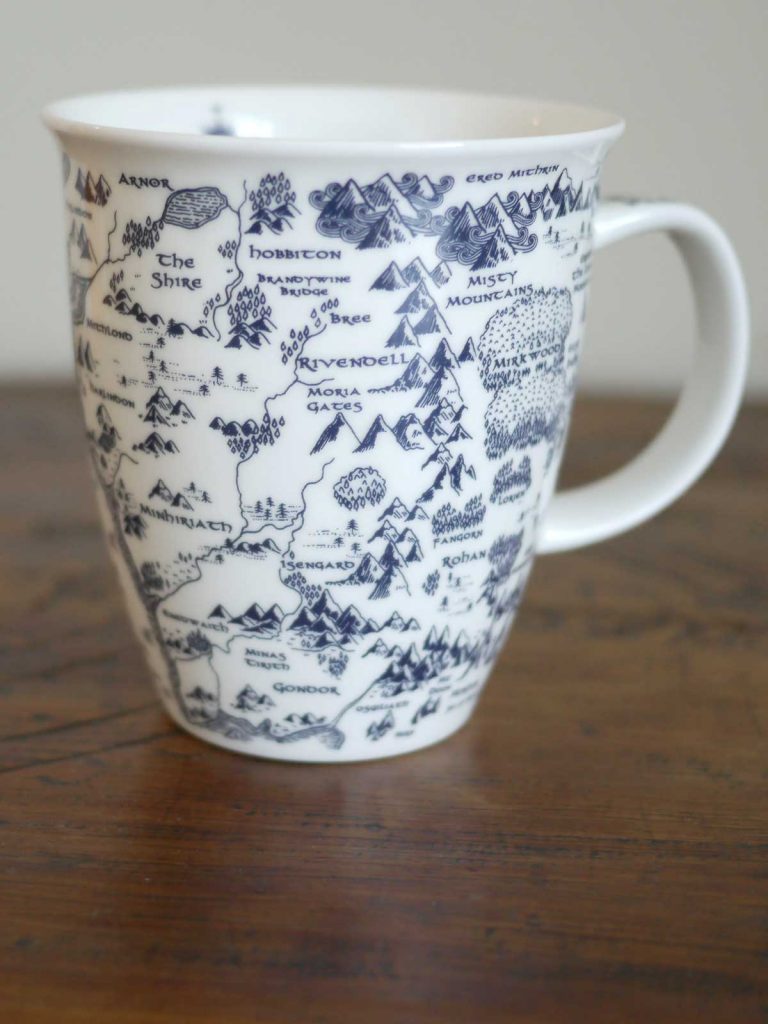


 https://oschaslings.com
https://oschaslings.com